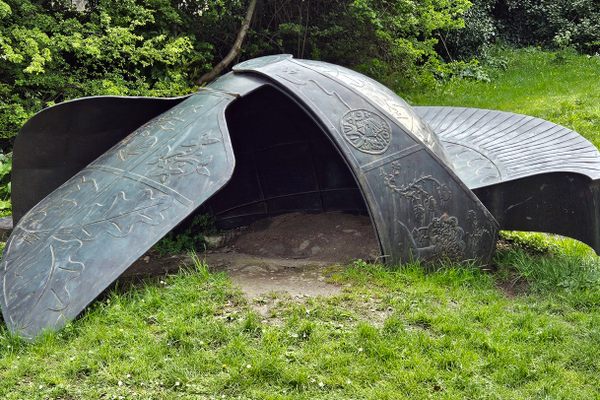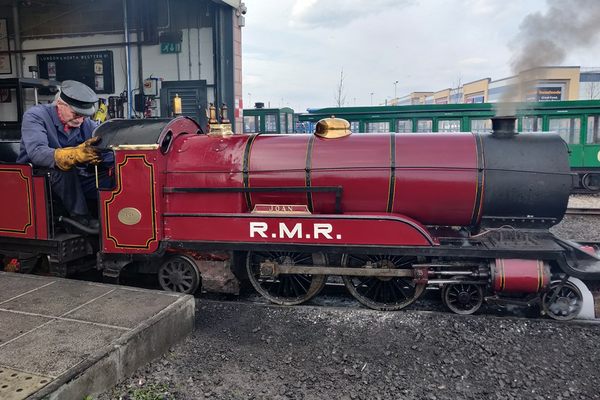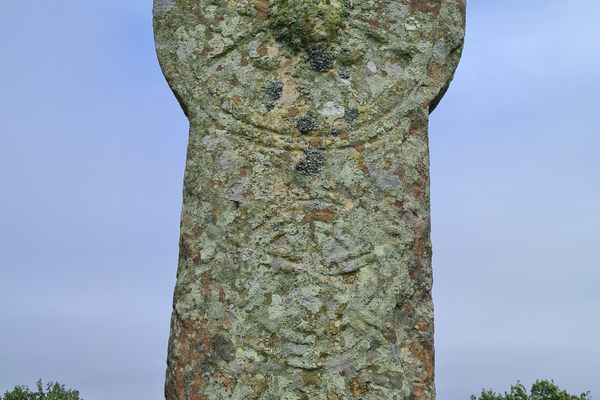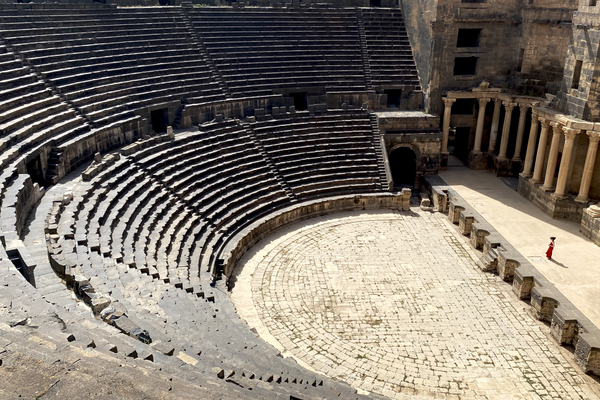Prestatyn Roman Baths
Roman ruins found on the outskirts of a small town on the North Wales coast have over time become a strong part of the community's identity.
Sometime in the first or second century, the Roman Empire established a small settlement in the vicinity of the modern town of Prestatyn. This was one of many such settlements along the Roman road network along the North Wales coast. The exact purpose of the settlement is not known, but it was likely used as a harbor for exporting lead and silver from nearby mines.
After the Roman Empire withdrew from Great Britain in 410, the fate of this settlement is unclear, but it seems to have been abandoned completely. Historical documents indicate that a small village was settled in the Prestatyn area sometime during the medieval era. It was only when a railroad was built through the area in the mid-19th century that Prestatyn grew to become much larger than a small collection of houses. As the village grew, its Roman history lay hidden underground.
But in 1934, local architect, surveyor, and amateur archaeologist F. Gilbert Smith discovered a Roman bathhouse inland and uphill from the town center. Smith and Robert Newstead, who was the curator at the Chester Museum, worked on excavating the bathhouse and other nearby structures until 1937. Several other excavations were conducted throughout the area in the decades afterward, with the most notable work performed in 1984-1985.
In the early 2000s, some of the surrounding excavated areas were built over by housing developers. Nonetheless, the excavated bathhouse itself was left intact. The bathhouse, which was initially constructed in 120 but modified later, has a size of 11.7 meters by 4.7 meters. Tiles found during excavation of the site have linked it to the Twentieth Legion (Legio XX), which was based near Wrexham; it is likely that the legion’s masons constructed the building.
The building consists of three separate rooms: frigidarium (cold room), tepidarium (warm room), and caldarium (hot room). The frigidarium was where people entered the bathhouse and changed out of their clothes, the tepidarium was where they would socialize, and the caldarium was where people would oil and scrape their bodies. A furnace at the westernmost end of the building provided heat underneath the floors of the hot and warm rooms, and steam in the hot room aided in cleaning. When people were finished cleaning, they would return to the cold room and briefly bathe in the adjacent bath.
Today, the Roman bathhouse sits within a park on the edge of the city. Even though the Roman settlement in this area was relatively small and its only remaining ruins are the bathhouse, Prestatyn has deeply associated itself with its Roman past and takes great pride in its connection with the ancient empire.
Know Before You Go
The park containing the Roman baths is freely open to the public. The site is located on Melyd Avenue to the south of the center of Prestatyn. The park is less than a half-hour walk from Prestatyn’s bus and train stations and is also easily reached by car from the city center. Parking is available outside the park.















Follow us on Twitter to get the latest on the world's hidden wonders.
Like us on Facebook to get the latest on the world's hidden wonders.
Follow us on Twitter Like us on Facebook